I didn’t have any writing to do yesterday, since the blog was given over to prewritten April Foolery, so I messed around with convolution kernels. I came up with a class that seems to give interesting effects. Kernels in this class, which I’m calling “fence” kernels, are square with odd numbers of rows and columns. The center element is unity. All the other elements are negative numbers, scaled so that the average value of the whole kernel is zero – this makes it a high-pass filter. The other elements are all along the periphery, hence the name “fence.”
The least interesting one has the entire kernel fenced in:
Fencing just one side produces micro-embossed effects that vary with the textures in the image:
Fencing the bottom is similar:
Fencing two adjacent sides works the best for the greatest number of images:
I’ve shown the above examples as 5×5 kernels, but in actual use, the lowest I go is 7×7 and the highest 21×21.
Here are some examples of how a single image responds to fence kernel of various orientation:
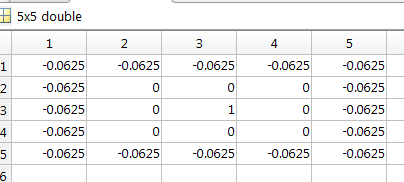
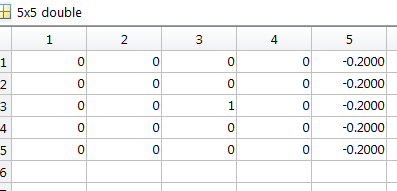
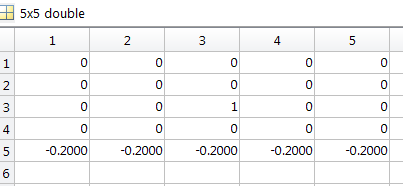
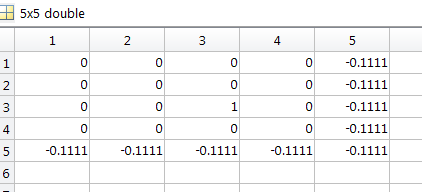
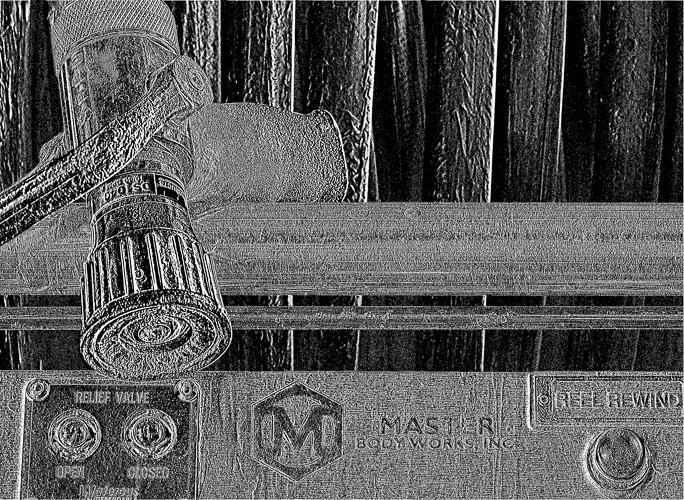
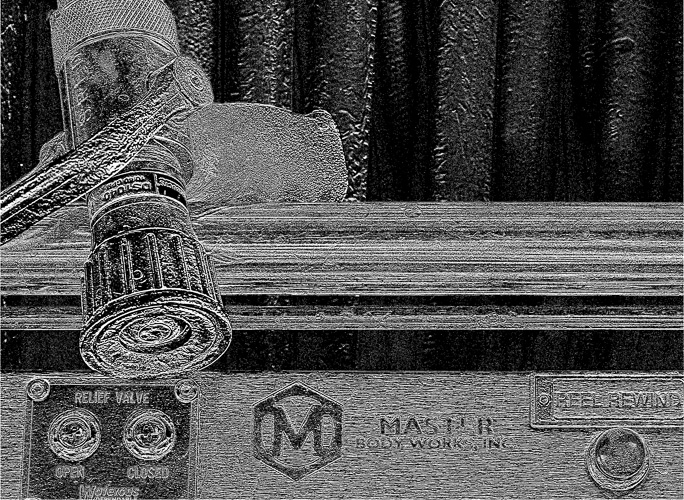
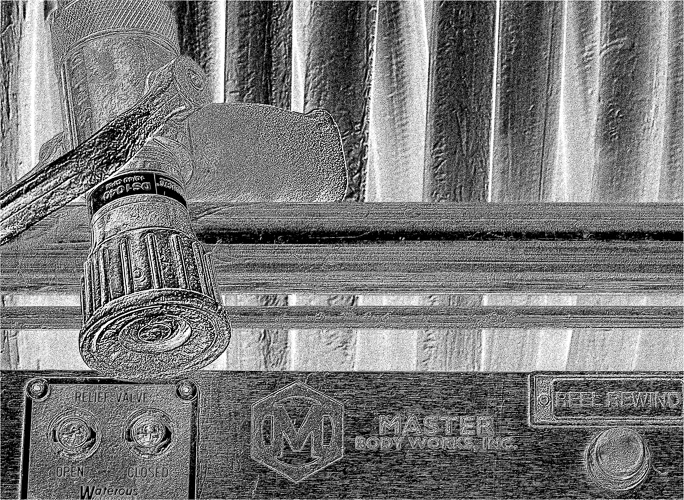
Leave a Reply